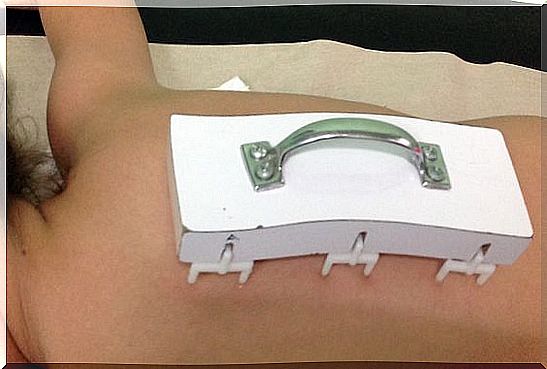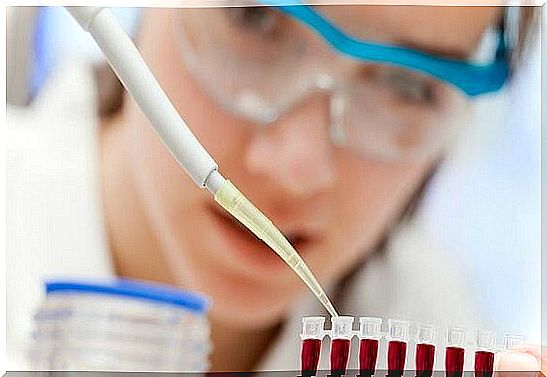Allergy Testing In Children

It is very important to have a history of symptoms and possible reactions to allergens. Therefore, the well-known allergy tests are applied. These tests are intended to observe what types of allergens the body reacts unfavorably to.
To be sure of the type of reaction, it is necessary to subject the child, not only to the allergen, other factors must also be considered. For example, consider the time of day, the season of the year, and potential exposures to allergens in particular; such as animal hair.
Likewise, specialists consider that it is important to observe possible changes in the child’s diet because it commonly happens that allergic reactions occur suddenly. Sometimes they are insect bites and other times it is due to the consumption of a specific food.
What are allergy tests?

These tests are intended to establish both the symptoms of the reaction and its veracity. That is, the purpose is to know if the reactions really correspond to an allergy or are another type of problem. Sometimes they can be confused for example with food poisoning. Food poisoning occurs from eating contaminated foods, the symptoms of which are similar to allergies.
There are several tests to determine possible reactions to specific allergens; among these we have the following:
Skin allergy test
This test is the most used to observe main reactions. It consists of the application of dermal, subdermal and intradermal techniques. This method is the best option for testing infants and young children. By examination, different allergens are tested on the arm, where possible scarification or discoloration of the patch is observed.
Blood tests
This allergy test is also known as a RAST or radioallergosorbent test. Through this , the levels of allergic antibodies or IgE are analyzed. These antibodies increase when allergens are present in the body.
In blood tests, IgE alterations are identified that indicate the possibility of a sensitization in the immune system. As we know, the agent we call an allergen is not necessarily something harmful, but a person is sensitive to it. That is, the organism mistakes the element for something offensive, therefore it reacts to it. This phenomenon occurs due to sensitivity to such a substance.
A possible increase in eosinophils can also be seen in the blood count. Eosinophil levels increase or are drastically modified by the sensitization of the immune system.
The blood test method is performed when the skin test cannot be performed due to skin lesions. For example, in case of existing eczema. Also when the person has a history of anaphylaxis or takes prolonged drug treatment.

The eyelid test
This type of test is done by dissolving the suspected allergen and placing a few drops of it on the lining of the lower eyelid. It is a method that should only be practiced by specialists, due to the complexity of the test. The reaction may not specifically show that it is an allergy, as it is a sensitive area.
Elimination allergy tests
Its application is frequent when you want to identify food or drug allergies. It consists of the elimination of external factors and the introduction of the allergen to observe the responses. By removing each factor, it is discarded or confirmed. It is also run by application, that is, the suspected allergen is introduced suddenly.
Stimulus test
Sometimes allergic reactions appear in certain types of conditions. Therefore, it is necessary to reproduce the circumstances that favor the response. Therefore, physical stimuli such as heat, cold or some type of stress are generated. Then the apparent response produced to such factors is sought.









